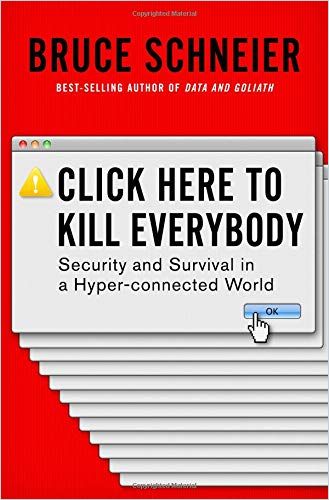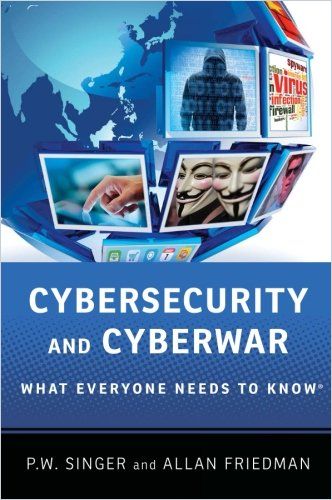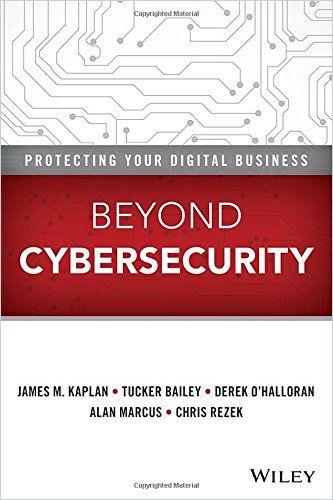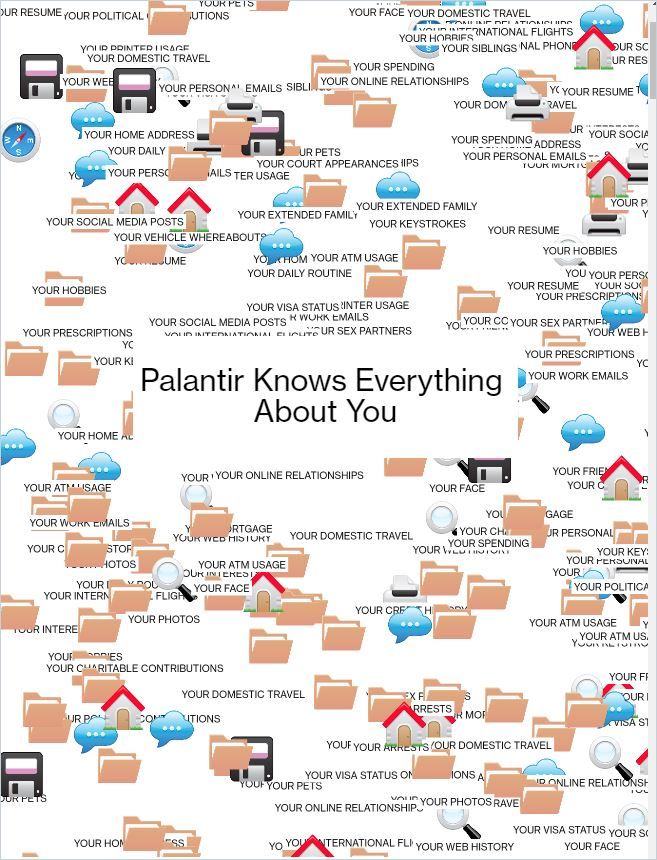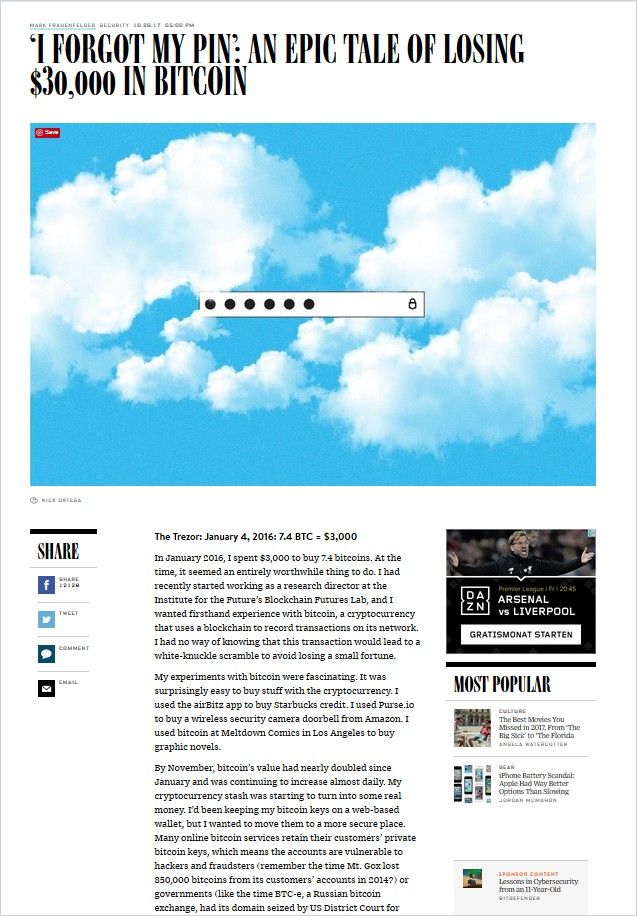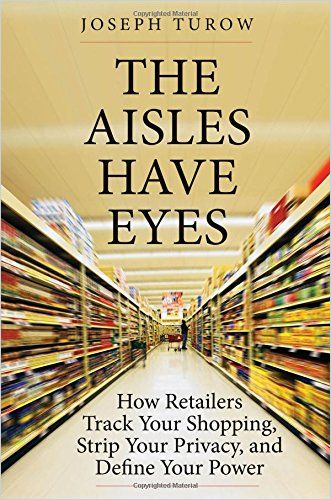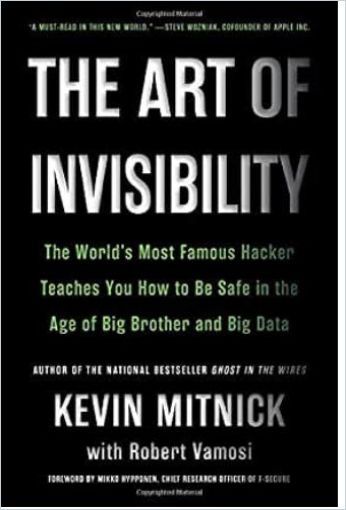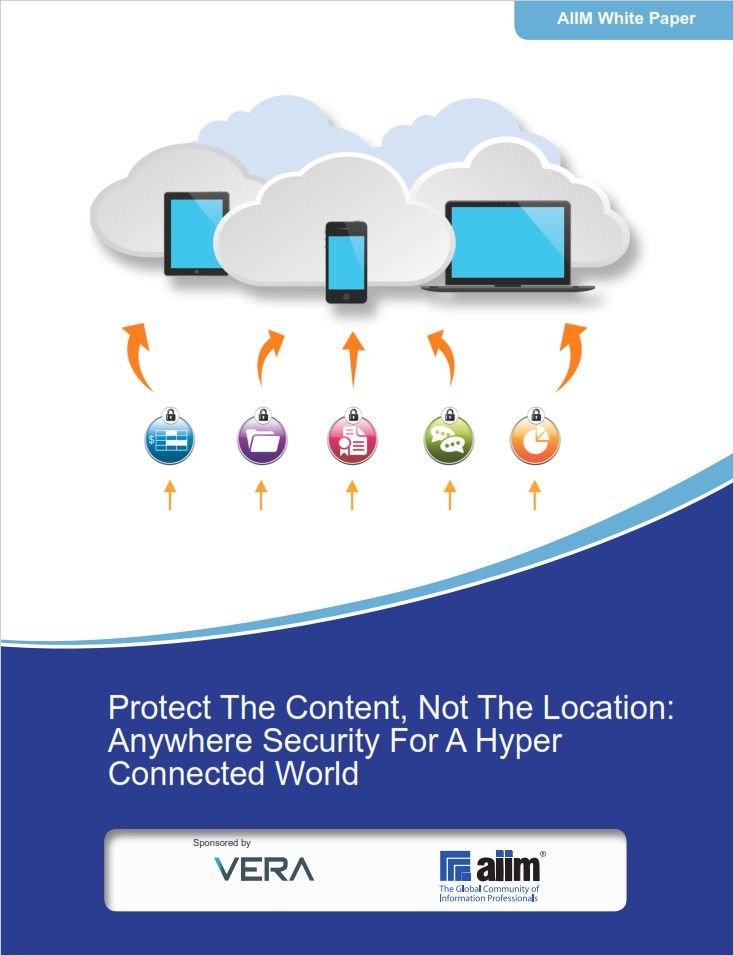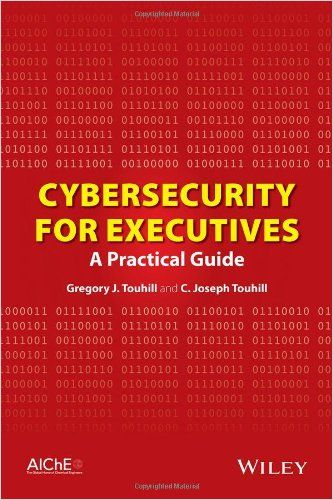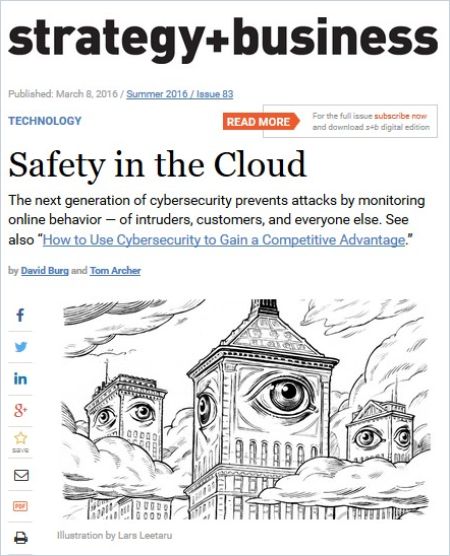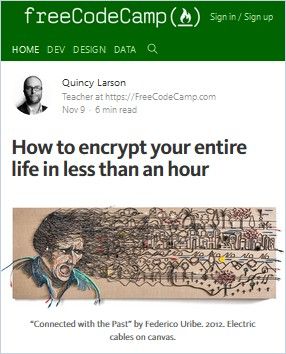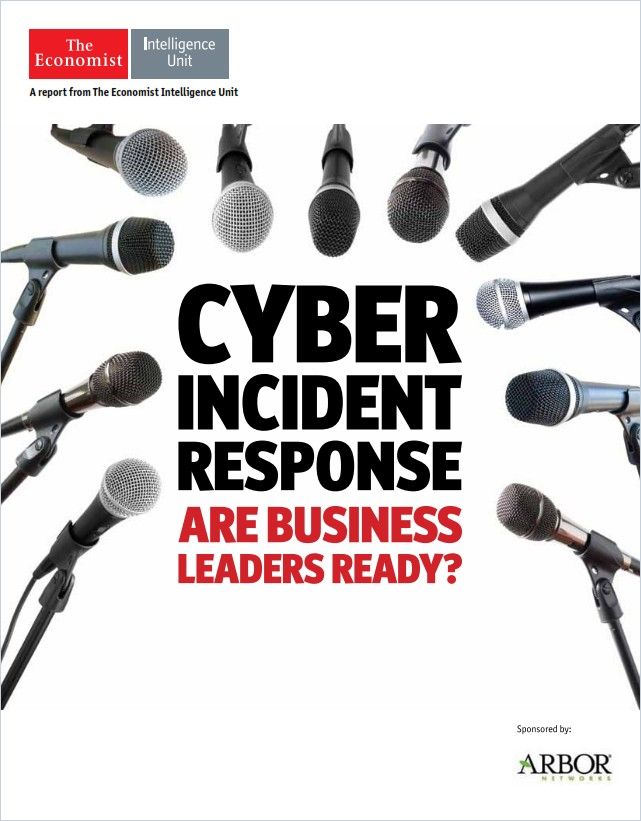No One Is Safe

Last week saw the publication of the FortiGuard Labs Global Threat Landscape Report. The results for the first half of 2020 are worrying: “Typically, we see large threat movements over the course of years, but we’ve seen that in the course of six months now, thanks to the new normal of the global pandemic,” says Derek Manky, Chief, Security Insights & Global Threat Alliances at Fortinet’s FortiGuard Labs.
Where corporate and office firewalls once provided protection, albeit not an all-encompassing one, the new widespread home workplaces are vulnerable.
Here is our elevator pitch for each key player in the constant battle against hackers and cybercriminals:
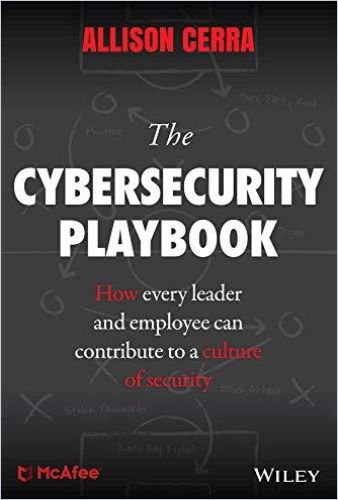
And here are three steps to counter the threat step by step:
1. Educate
Cyberdefense education has never been more important than today. Most of us still handle data and surfing habits negligently. Since most users do not have company-level IT support at home and work with their own computer that is not connected to a security network, the danger of an attack from the internet increases. However, it does not only increase for the individual user, but for the whole company, since individual PCs infected with malware or spyware, for example, are a gateway into the internal company networks and can therefore infect all (or many) other users at the same time.
In Click Here to Kill Everybody, for example, internet security expert Bruce Schneier provides an eye-opening account of the failure of big tech and public policymakers to provide internet security. He then covers the potentially catastrophic consequences of that neglect. Schneier, who is a best-selling author and lecturer at the Harvard Kennedy School and Berkman-Klein Center for Internet & Society, details the risks of failing to act to improve cybersecurity. He offers ideas on actions you can take and runs through the obstacles blocking such actions in this must-read alert for everyone who spends time online.
The following abstracts, including Schneier’s most recent book, offer a crash course in cyber security:

The Confessions of Marcus Hutchins, the Hacker Who Saved the Internet
Wired Read Summary2. Biggest Risks
Every office building and computer network has vulnerabilities – and this applies especially when you work in a home-office computer network. The task of security professionals is to find these vulnerabilities before criminals do. Many companies hire “pentesters” (penetration testers) who get creative at breaking into buildings and networks to evaluate an organization’s defenses. In a short article posted on Motherboard, for example, penetration tester Sophie Daniel shares the tale of her most memorable break-in and draws conclusions about organizations’ most common vulnerabilities. Find this tale and many more insights in the following summary list:
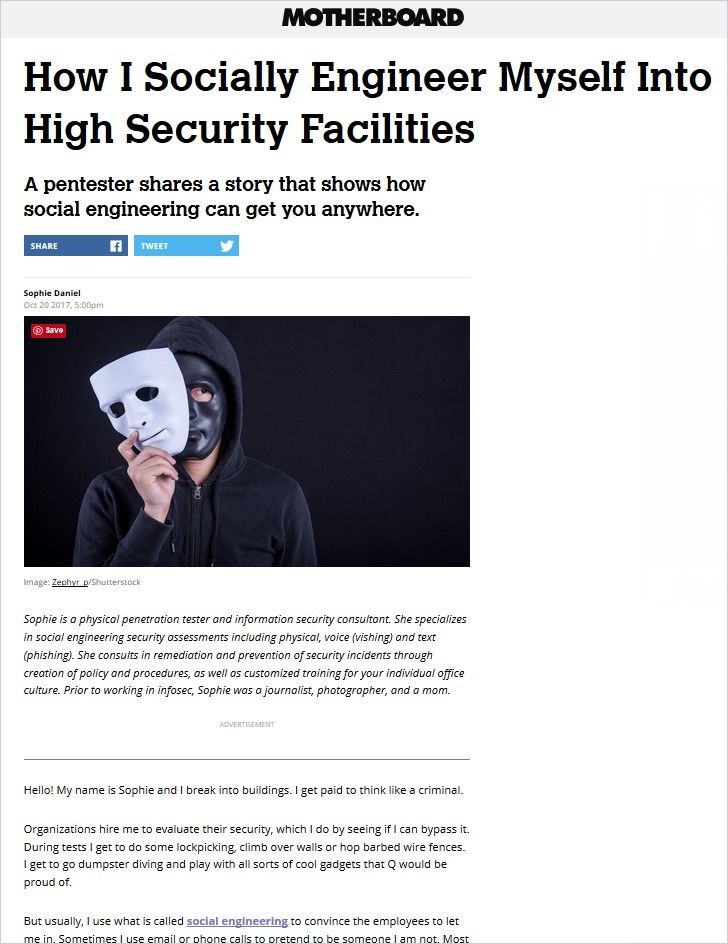
How I Socially Engineer Myself into High Security Facilities
Motherboard Read Summary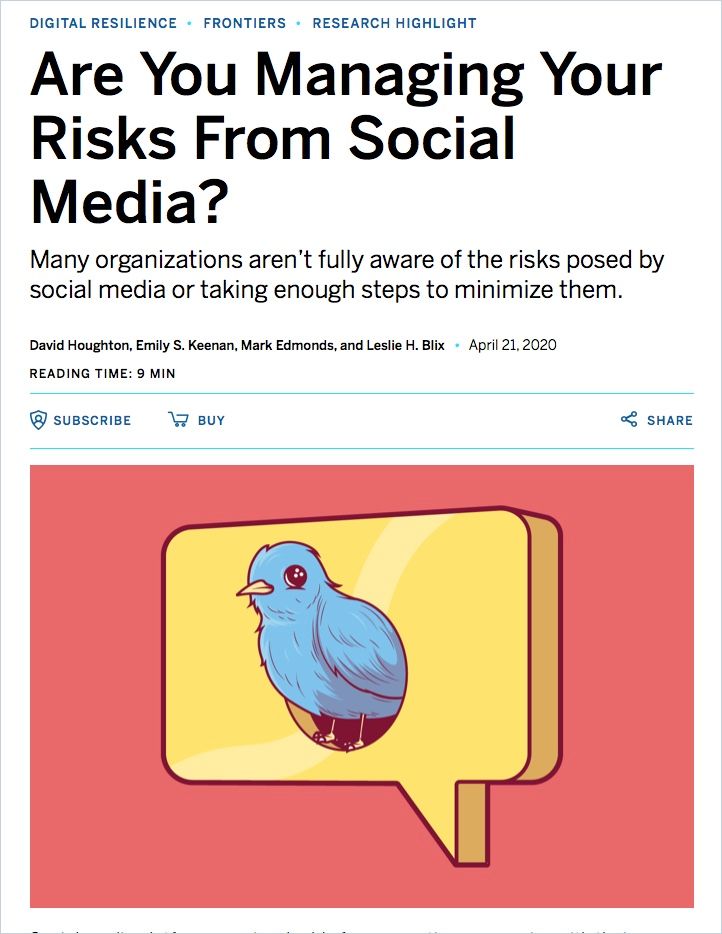
Are You Managing Your Risks from Social Media?
MIT Sloan Management Review Read Summary3. Solve Your Problem
Who do you ask when you want to close security gaps? Your IT department, that’s right. But who does your IT department ask? Exactly: the friendly hackers next door. We’ve summarized their insights for you – because IT already has enough to do anyway!
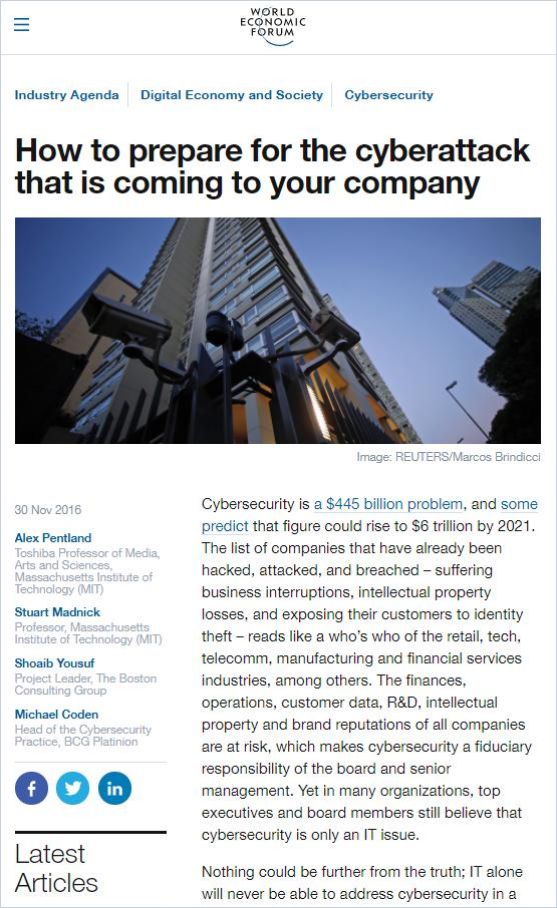
How to Prepare for the Cyberattack That Is Coming to Your Company
World Economic Forum Read SummaryStill here? Now quickly close those dubious pages in the other tab – and say goodbye to correspondence with the handsome stranger in Facebook chat or on LinkedIn.
